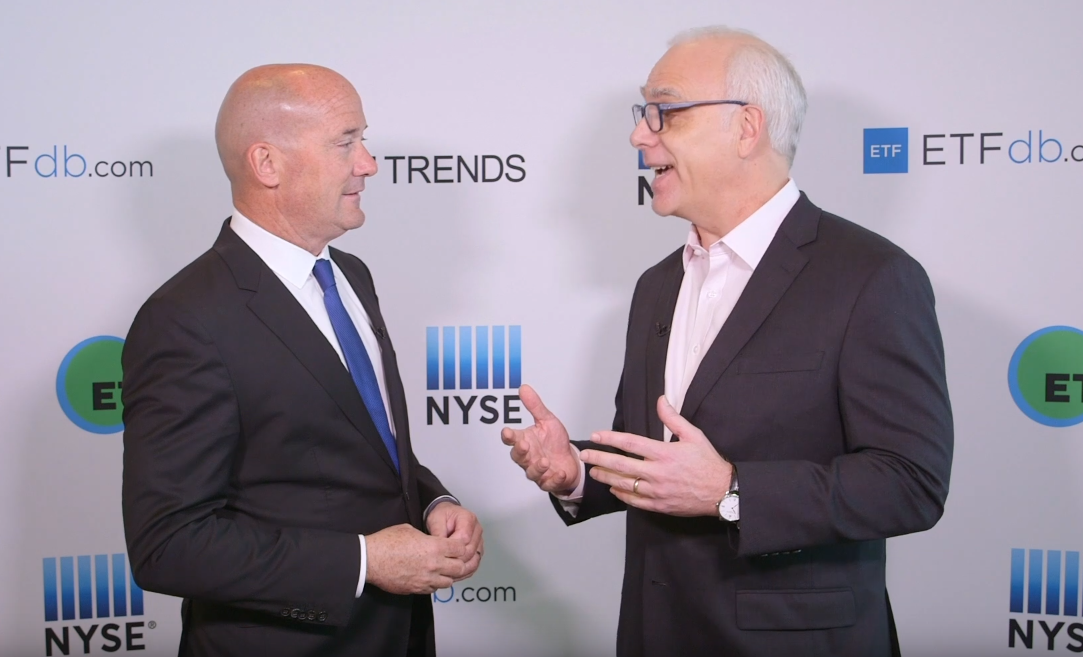As investors go off the beaten road and look to alternative strategies, many are considering real estate ETF strategies to diversify an investment portfolio
“Real estate has been one of the better asset classes over time,” said Vince Birley, CEO of Vident Financial, at the 2019 Inside ETFs Conference. “That’s been a bit forgotten of late because everything’s been running out on quality and momentum and growth and ‘FANG’, so real estate hasn’t’ been really given much attention until really the fourth quarter of last year.”
ETF investors who are interested in the real estate sector may consider something like the U.S. Diversified Real Estate ETF (NYSE Arca: PPTY) to gain diversified exposure to real estate investment trusts and the yield opportunities that this segment of the market presents.
PPTY’s portfolio is constructed based on the actual properties held by each company in the investment universe. The smart beta index-based ETF screens for four primary factors when investing in real estate, including location, property type, leverage and governance.
“We actually reverse engineered and looked at the underlying real estate to give us the proper exposures to those different asset classes,” Birley said.
Location can affect the value of a property and is a key driver of real estate performance. Stable targets are used to diversify geographic exposure while favoring dynamic, high-growth locations.
Differences between property types also produce varying results. The fund’s fixed allocations seek to ensure diversification and balance.
Webcast (Earn 1 CE Credit): Real Estate ETFs: Where to Start?
Leverage and governance factors are further included to reduce exposure to higher risk companies. The responsible use of leverage can potentially enhance returns, but taking on too much debt is risky, so the portfolio includes companies with prudent leverage. Additionally, firms with significant governance risks like external management are excluded from the portfolio to diminish further unknowns.
Due to its indexing methodology, PPTY has a greater tilt toward potential growth segments like residential and industrial real estate, whereas traditional market-cap indices favors the retail segment, which has come under greater stress due to changing consumer habits.
For more ETF-related commentary from Tom Lydon and other industry experts, visit our video category.

